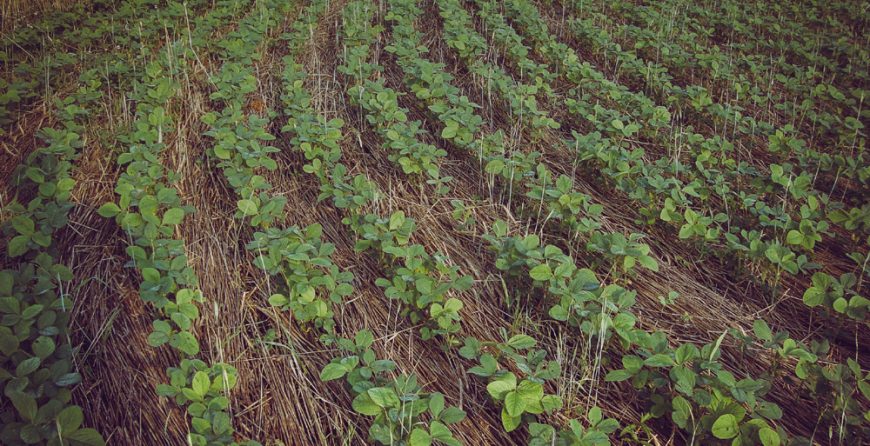
Cover crops are plants that are cultivated with the aim of improving soil quality and fertility. Cover crops bulk up the soil with the beneficial organic matter, suppress weeds, prevent soil erosion, create and cycle soil born nutrients with the help of solar power. They also attract beneficial insects and pollinators to your garden, and if managed correctly, cover crops act as mulch.
Combine small grain crops like oats and barley with legumes like vetch or peas when cover cropping for a long period. On the other hand, green manure crops and quick maturing crops are ideal when cover cropping for short periods because they out-compete for weeds. Short period cover crops include; field peas and buckwheat.
What to consider before growing cover crops
Crop time
Determine the time your chosen cover crop will require to mature fully. To reap maximum benefits from cover crops, you need to allow them to grow and mature completely before killing them. This ensures that they release enough nutrients to the soil and they can later provide a good soil mulch layer.
How you will kill the cover crop
There are numerous ways of killing cover crops. Most home gardeners prefer to mow, chop them down with some loppers or weed eat them. However, it is always advisable to work with cover crops that will die from mowing. Otherwise, you may end up having regenerating covers that may inconvenience your crops and gardening goals. Winter annual rye dies from mowing immediately after creating seed heads and before it releases its seeds to the soil. On the other hand, winter peas can be mowed anytime.
How long the cover crop residue takes to decompose
Tender cover crop residue from crops like peas and buckwheat is assimilated by the soil much faster as compared to barley stems and sorghum stalks. So, considering the time cover crops take to decompose is important based on the type plants you intend grow the next growing season. Do you want to plant your seeds immediately after killing the cover crops? In this case, you should go for tender cover crops like buckwheat. Alternatively, if you want to use the cover crops as mulch after killing them, go for sturdier and carbon-rich crops like sorghum and oats.
Your subsequent food crop
Knowing what you want to grow after the cover crop period is over is important to help you determine the ideal cover crop species to plant. For instance, if you choose to grow high feeders such as tomatoes, it is advisable to follow it up with leguminous crops like clovers and field peas because they add nitrogen to the soil. Winter rye residue releases toxic chemicals to certain brassica species as it decomposes. Therefore, if you are planning to plant from seed consider using a different cereal grain cover crop such as; wheat.
Summary
Cover cropping may seem like a gardening practice for the advanced gardeners because it requires a high understanding of how crop rotation works. However, every gardener should strive to reap the benefits offered by cover crops by conducting a basic research and seek guidance from established gardeners.



Great article about cover crops as I found it useful for the unintended interaction between brassicas and winter rye.